Style Russian Art Nouveau.
Russian modern appeared in the middle of the XIX — XX centuries, and was a turning point from eclecticism to rationalism. Most of the progressive intelligentsia with misunderstanding belonged to stylized art and warmly welcomed the search for new ways of architecture. The use of the latest achievements of industry, which were introduced into architecture, led to a coup in architectural forms.
Even then, most architects were conceived about the use of steel and reinforced concrete, finishing brick and more size glasses. It was at this time that the prerequisites appeared for the formation of architecture, which received several names: “L’Art nouveau” — “New Art”, “Moderne” — modern and t. D. The lively interest was determined by the spirit of innovation and realism.
Modern also did not have a single stylistic pattern, which allowed the use of architectural compositions as a means of struggle of various trade and industrial companies. Most patrons were flattering that their names were mentioned in the sections of the news as moving progress. Surely, therefore, the supporters of the Russian Art Nouveau wanted to abandon artistic traditions, and demanded the introduction of innovations.
The rationalism of the Russian modernity was clearly manifested in large public architectural compositions that acquired characteristic differences, due to the large surfaces of glazing, the use of reinforced concrete structures and a wide rhythm of metal specialized supports. New materials made it possible to perform such compositions that until that time could not be made, which inspired architects and gave them a creative impulse.






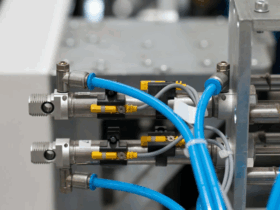
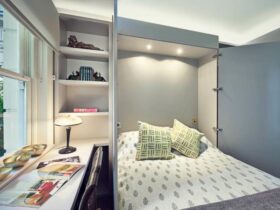
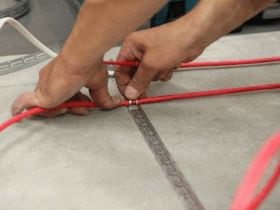
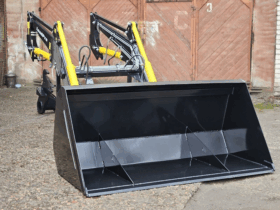

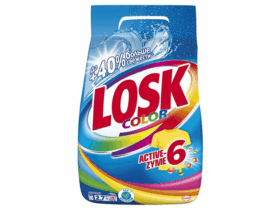


Оставить ответ